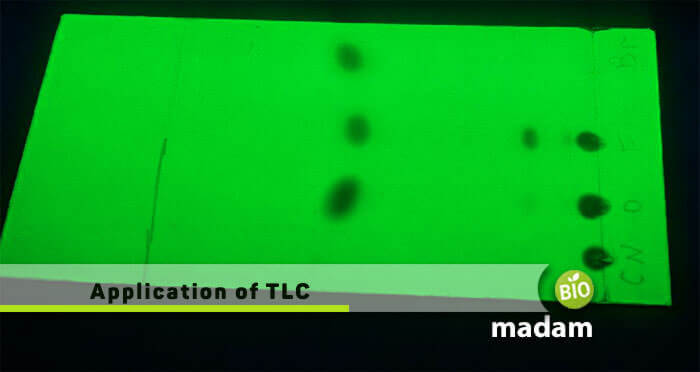A type of chromatographic technique well-known to disintegrate and isolate the non-volatile mixtures is called thin-layer chromatography. TLC is similar to other chromatography techniques as it also contains a stationary and a mobile phase. The process starts with the stationary adsorbent phase coated on the surface of a plate, and another mobile phase separates the involved mixture.
TLC fosters a wide range of applications ranging from biological research, pharmaceutical analysis, and organic chemistry to food and even cosmetic industries. Let us throw an in-depth light on each of the above for better comprehension.
Identification of Active Ingredients in Traditional Medicines
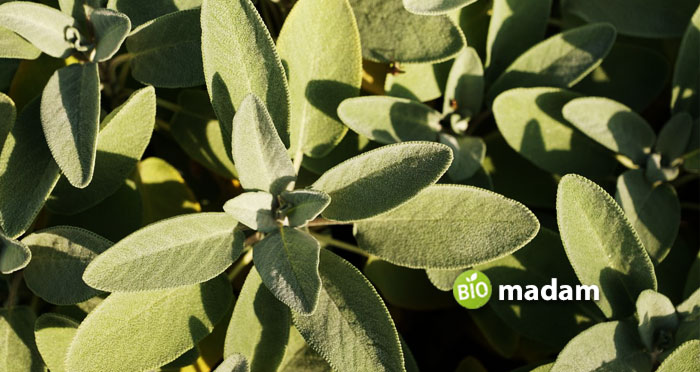
Traditional medicines are usually derived from plants that are extensively used around the world for treatment and therapies. Sometimes, these are the plant extracts and, most of the time, purified compounds. What’s more important is to identify the active ingredients used in such medicines for better understanding when given to patients.
In such circumstances, thin layer chromatography plays a crucial role in separating the individual components constituting plant extracts. It further assists in examining the active components by making compound fractions. TLC is widely used to identify plant metabolites by comparing a sample with relevant plant tissues.
Determination of Biological Activities
Thin-layer chromatography is an excellent technique to determine the antioxidants, antifungal or antimicrobial properties of a compound.
For Antioxidants
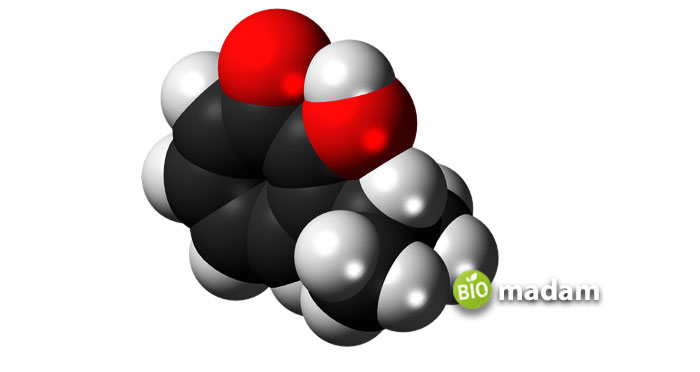
We utilize this process in laboratories to regulate the antioxidants in several compounds with other chemicals, such as free radicals (E.g., methanol and 2, 2-diphenyl-picrylhydrazyl (DPPH)). This mixture, with free radicals, is initially purple but turns yellow soon after reacting with the chemicals. Hence, TLC helps identify different antioxidant compounds.
For Antifungal or Antibacterial
The TLC plate, with the separated compounds to be examined, is used to check the growth of both microorganisms. Thus, this chromatography technique helps identify the properties of these microscopic organisms, such as archaea and bacteria
In Chiral Analysis
The lack of growth of microorganisms such as viruses and bacteria, at a specific spot, indicates the presence of the relevant activity of that compound. These activities can be isolated and further proceeded through TLC chiral analysis, an application with specified enantiomer conditions. Often it so happens in the pharmaceutical industry that one enantiomer of a compound turns out to be more effective than the rest. These create imperative situations for researchers to find out more active enantiomers. TLC extensively helps in the continuous development and enantiomer determination.
Special TLC plates are used to determine the optical resolution of a compound. These plates impregnate with chiral solutions or suspensions. This technique makes use of its stationary and mobile phase to identify the drug enantiomers.
In Medical Diagnosis
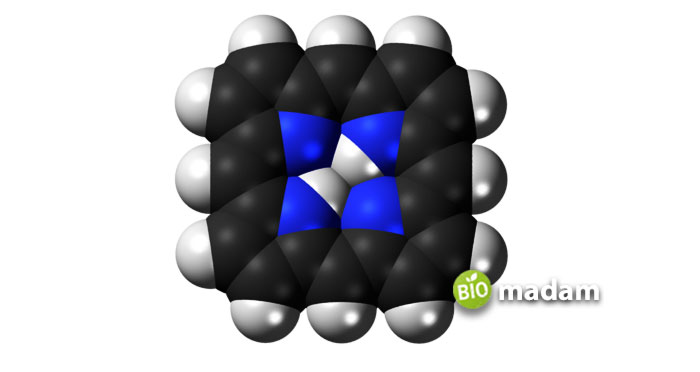
Numerous medical diagnoses are made with the help of TLC. Since this technique is a broadly known method of separation and analysis of compounds, it helps in purification. For instance, a disease named Porphyria has a compound called Porphyrin, excreted in the urine. TLC helps diagnose this disease by extracting porphyrins from urine and then identifying them.
In Pharmaceutical Testing
Testing of Stability
Drug administration in a body requires its stability testing first. Thin-layer chromatography mainly helps in such analysis by comparing and contrasting the samples. The outputs are easily observed through spots appearing. The alteration or any movement in the spots indicates the chemical nature and stability of that particular drug.
Testing of Drug Remains in Food
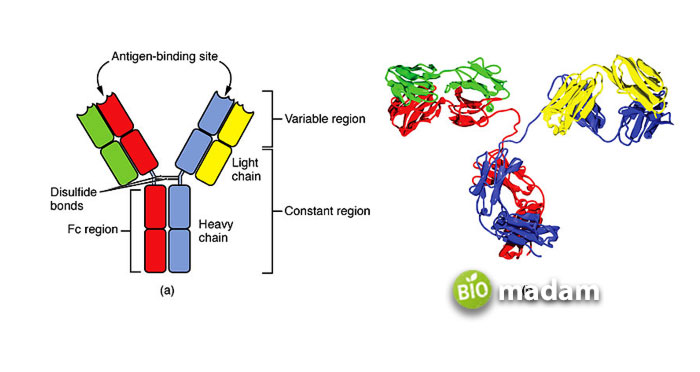
These chromatographic methods help identify various types of antibodies or other drug remains in the food, such as beef, poultry, fish, milk, etc.
Testing of Drugs in Body Fluids
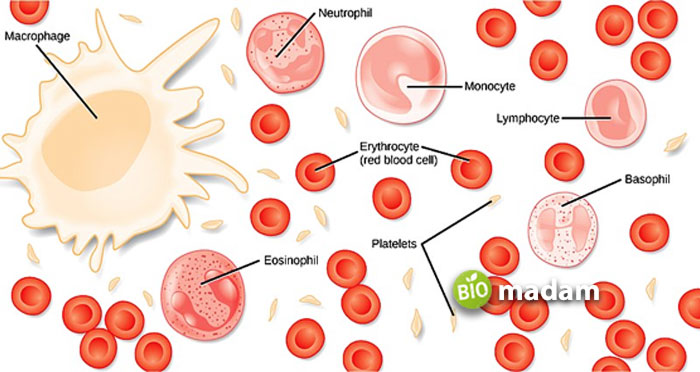
Thin-layer thin-layer chromatography also plays a part in the forensic studying of body fluids, including blood RBCs & WBCs, and urine. It helps analyze if the samples contain drug quantity or not. If you use octadecyl silica in the stationary phase of TLC, it will help you examine the neutral and acidic drugs. Similarly, plain silica is helpful in the identification of basic drugs.
Identifying the Purity of Drugs
It is one of the best techniques to identify the purity of numerous drugs, such as antihistamines, tranquilizers, sedatives, antibiotics, analgesics, and steroids. Furthermore, one can also separate different metabolites included in a drug through TLC.
In Pesticide Industry
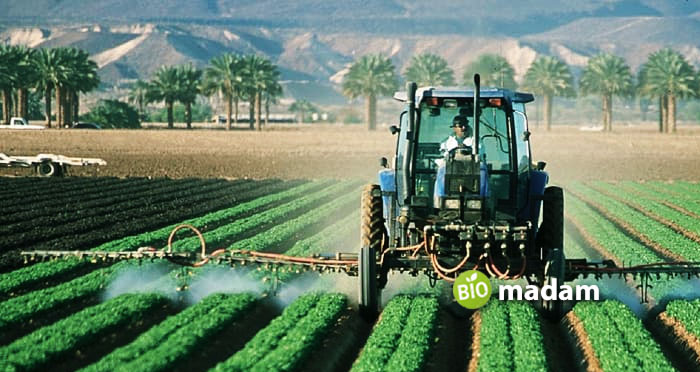
We can analyze the pesticides either through thin layer chromatography or high-performance thin-layer chromatography. Let’s discuss a few applications relating to this industry that utilizes chromatography techniques:
- Reverse phase and normal phase TLC are both employed to determine the lipophilicity of pesticides. It is because of being a physicochemical property of a compound related to its biological activity and degradation.
- TLC is also employed in metabolic studies mainly done by performing TLC analysis of radiolabeled pesticides.
- It can be used to separate, detect, and analyze (both qualitative and quantitative) pesticide residues. For example, a research study employed this method to detect and separate the insecticide residues and found its putative importance for the environmental and forensic analysis of pesticide mixtures.
- Soils are often treated in different ways to improve their quality. In such cases, TLC can be applied to check the antifungal activity of soil before and after treatments.
- TLC also presents a cost-effective application for the determination of pesticides in various commercial products. For example, a study showed a head lice treatment shampoo contained contamination of a pesticide called cypermethrin, which was determined using TLC.
- Thin-layer chromatography is also applied in the studies of pesticide degradation. Pesticides pose critical contamination hazards to crop fields, so scientists try to find ways for their decontamination. For example, a study involved the utilization of bioremediation and degradation of cypermethrin present in the soil. Consequently, TLC is a critical technique to analyze the end products of the pesticide degradation studies.
In Food Industry
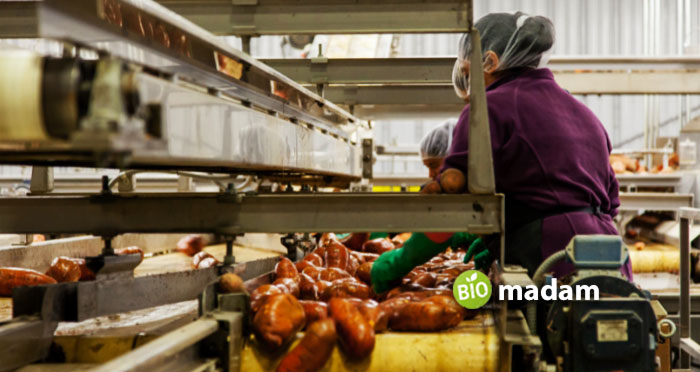
TLC holds a wide range of applications in the food industry, just like the pesticide industry. Some of these are discussed below:
- Thin-layer chromatography identifies and separates the toxic pesticides included in the food.
- Various methods help determine which food compounds impart a specific flavor. TLC is one of these, being utilized in food research and industry. For example, the compounds vanillin, ethyl vanillin, and coumarin are used as flavors, and their analysis from different food sources can be easily carried out using TLC.
- Moreover, thin-layer chromatography is applied to determine the presence of organic acids in the food. For instance, this method can quickly analyze the presence of sorbic acid, benzoic acid, and ascorbic acid.
- Mycotoxins are toxic metabolites produced by certain types of fungi. They often serve as hazardous impurities of various food, e.g., aflatoxins are present in groundnuts and mustard oil. These can be easily analyzed for their presence in food items using the TLC technique.
- It helps analyze the additives in various foods and beverages. The examples of most common additives include aspartame and saccharin (sweeteners), protein additives, and vitamin C and E (antioxidants).
- Besides all these applications, TLC determines several food adulterants and color impurities.
Cosmetics Industry
Thin-layer chromatography also helps identify and disintegrate different colors and constituent compounds in the cosmetic industry. Moreover, it can also be used to determine sweetening and preservative agents in cosmetics products, which is vital in deciphering their formulations.
Final Words
So, thin-layer chromatography is a versatile analytical technique that continues to enable key applications across different fields. From decoding traditional medicines to ensuring food safety, TLC provides a simple yet powerful tool for separating and identifying components in complex mixtures. While advanced techniques have emerged, TLC remains essential for its accessibility, efficiency, and cost-effectiveness in research and commercial settings alike.
With ongoing refinements in stationary phases and detection methods, TLC will likely continue serving as a necessary first-line analytical tool for years to come, providing key insights in fields ranging from pharmaceuticals to agriculture to more.

Jeannie has achieved her Master’s degree in science and technology and is further pursuing a Ph.D. She desires to provide you the validated knowledge about science, technology, and the environment through writing articles.

